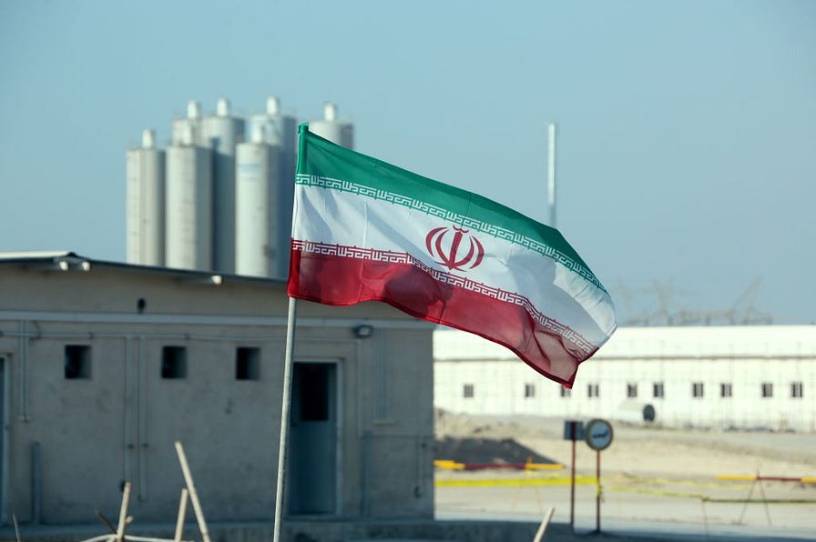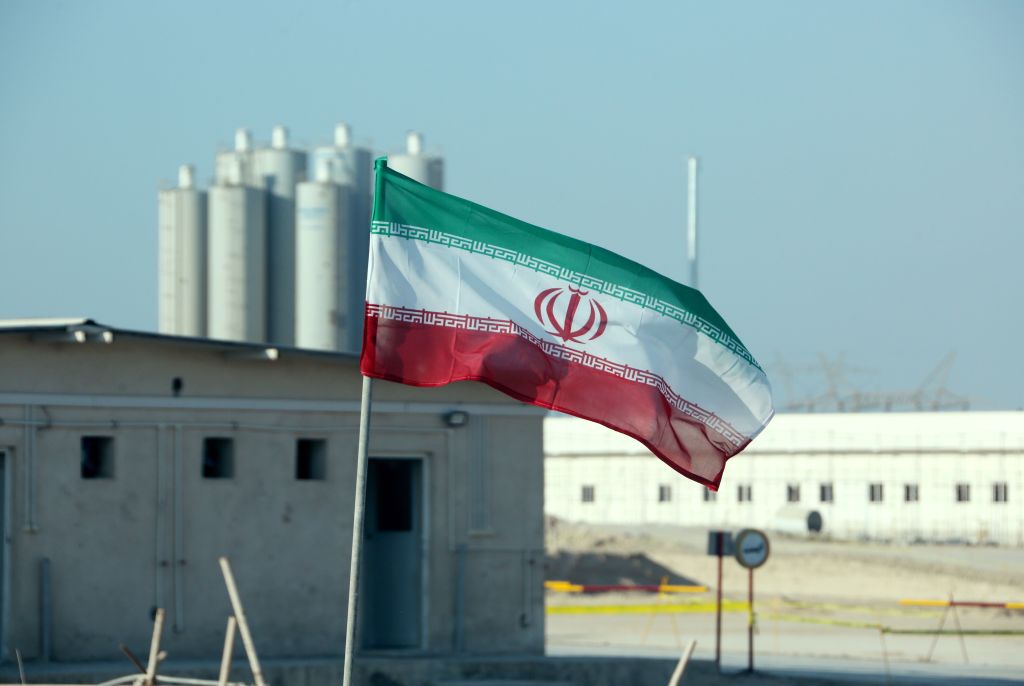Explainer: What’s Behind a Rash of Fires and Explosions in Iran?

A fire of unknown origin broke out Wednesday afternoon at Iran’s southwest port of Bushehr, spreading to at least seven ships and resulting in extensive damage. The destruction at the shipyard—just miles away from Iran’s only nuclear power station—is the latest in a recent string of mysterious explosions across the country since late June.

Iran’s Bushehr nuclear power plant, close to the location of a recent mysterious fire.
Despite claims from Iranian officials that the occurrences have been accidental, the fires’ locations—in and around key military, nuclear, and industrial facilities—have ignited widespread speculation that something more than coincidence explains the incidents.
On June 26, a blast went off at the Khojir missile plant near Tehran. That same day, a fire at a power station took out half of Shiraz city’s power. Four days later, on June 30, an explosion at Sina Athar Medical Center in northern Tehran—reportedly caused by a gas leak—killed 19 people.
Early this month, a massive explosion at the Natanz nuclear facility caused extensive damage to the site’s centrifuge factory but resulted in no casualties. Two days later, a fire ravaged a power plant in southwest Iran and a chlorine gas leak at a petrochemicals plant injured 70 workers. Two people were killed and three injured in a factory explosion south of Tehran July 7, only a few days later. On July 10, explosions were reported west of Tehran, causing blackouts across the city.
If these incidents sound too repetitive and strategic to be random, it’s because they most certainly are. Most analysts have speculated the explosions and fires to be either the work of the United States, Israel, or both working in tandem. Michael Rubin—an expert on Iran at the American Enterprise Institute—pointed to the Israelis as the likely mischief-makers.
“It’s pretty clear that these aren’t an unfortunate series of accidents. … Israel is suspect No. 1 for the simple reason that Israelis know how to keep their mouths shut. In contrast, if two people enter the Oval Office, one will leak. There is simply too much temptation for American politicos to brag,” Rubin tells The Dispatch.
Israel also possesses urgent national security motives to sabotage Iranian infrastructure. Iranian leaders have spent years making their goal of lording the country’s imminent nuclear program over the Jewish state abundantly clear to international onlookers. Former President Mahmoud Ahmadinejad has publicly urged for the “elimination of the Zionist regime,” and Supreme Leader Ali Khamenei has referred to Israel as a “cancerous tumor” that needs to be “uprooted and destroyed.”
And in fact, the most serious strike took place at one of Iran’s key nuclear sites and predominant uranium enrichment facilities. Satellite images reveal significant damage to Natanz’s centrifuge assembly center, which mass-produced advanced centrifuges for the efficient processing of uranium.
A report by the Institute for Science and International Security, which closely monitors Iran’s nuclear program, found that the site had “suffered significant, extensive, and likely irreparable, damage to its main assembly hall section.” Iran’s nuclear program could take years to regain full capacity. “Although the explosion and fire at the Iran Centrifuge Assembly Center does not eliminate Iran’s ability to deploy advanced centrifuges … its destruction must be viewed as a major setback to Iran’s ability to deploy advanced centrifuges on a mass scale for years to come,” the report elaborated.
But Alex Vatanka, head of Middle East Institute’s Iran program, thinks the Natanz attack will be just a temporary setback. “I think they will take the blow and move on… I suspect the reason why these events are happening now in July of 2020, just a few months before the U.S. elections, is not a coincidence,” he tells The Dispatch, “It appears that an urgency has come about, which is the possibility that there won’t be a President Trump in a few months time. And that if you want to set back the Iranian nuclear program, if you’re Israel, if you’re the United States, the moment is now.”
It wouldn’t be the first joint effort between the United States and Israel against Iran.. Operation Olympic Games—a series of covert cyberattacks on the Natanz nuclear facility beginning in 2006—is largely believed to be the work of the two countries. They teamed up again for the 2010 Stuxnet attack, programming a computer worm to permanently shut down one-fifth of Iran’s nuclear centrifuges.
Despite obvious motivations to curtail Iran’s nuclear program, there are equally obvious reasons that neither Israel nor the United States has taken credit publicly for past or recent attacks. “The more those responsible don’t claim responsibility, the more they can maintain plausible deniability no matter how implausible that might be, and that gives Iran a face-saving way to avoid war,” Rubin argued, “That said, the frequency of these attacks coupled with the lack of meaningful Iranian response are slowly de-legitimizing the Islamic Republic among its own supporters and so I suspect we will see a symbolic retaliation soon.”
Retaliatory action could take a variety of forms, but it’s likely to be small-scale and localized. Following the American strike on Iran’s highest ranking military commander—Qassem Suleimani—Tehran promised “harsh revenge,” but limited its attacks to U.S. bases in Iraq, which resulted in no casualties to American troops.
Iran’s biggest problem now, Vatanka argues, is the network of saboteurs on the ground.
“What ought to be a concern for the Iranian authorities is how infiltrated are they? Who are the local actors that are helping Mossad, the CIA, and any other agency that might be involved in this? Because that goes to the heart of the matter of stability in the country,” he said.
Ultimately, these covert attacks are a blow to the legitimacy of an already unpopular regime, which is still reeling from the death of Suleimani. The Iranian government’s inability to secure even its most critical infrastructure, more than anything else, sows unrest among the Iranian populace. “If they can attack Natanz or a missile factory, or a port or a gas pipeline, what else could they attack?” asks Vatanka. “Could it target something bigger aimed at bringing about a popular uprising?”
Photograph of the Bushehr nuclear power plant by Atta Kenare/AFP/Getty Images.